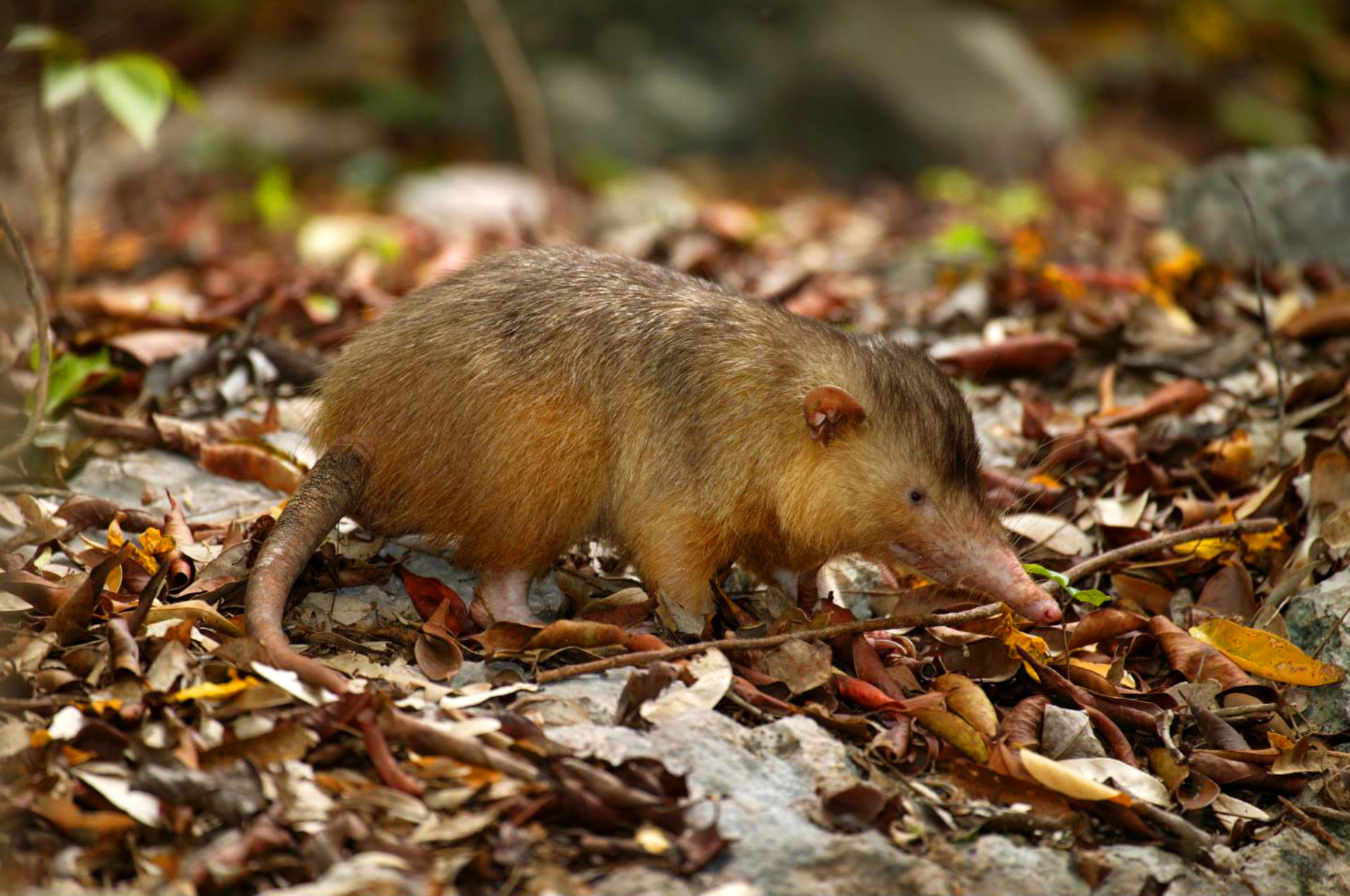
The shrew-mouse looking Cuban solenodon (Solenodon cubanus) is one of few poisonous mammals. Now, researchers in Puerto Rico have come to the conclusion that it belongs to the oldest form of mammals that humans know.
Researchers from the University of Puerto Rico at Mayagüez in Puerto Rico and Uzhhorod National University in Ukraine sequenced the genome of the mammal. It shows that the Cuban solenodon has been around for at least 65 million years and is a survivor of the age of the dinosaurs. The data also shed light on the initial speciation event for this branch and showed that solenodons likely diverged from other extant mammals 73.6 million years ago.
We estimated that solenodons diverged from other extant mammals 73.6 Mya. Patterns of SNP variation allowed us to infer population demography, which supported a subspecies split within the Hispaniolan solenodon at least 300 Kya.
With its small eyes and dark brown to black hair, the Cuban solenodon is sometimes compared to a shrew. It is 41–56 cm (16–22 in) long from nose to tail-tip and resembles a large brown rat with an extremely elongated snout and a long, naked, scaly tail.
Its diet mostly consists of insects and other invertebrates, fungi, and roots. Most active during the night, when they search the forest floor for eatables.
The solenodon is nocturnal, and it finds shelter during the day by burrowing or finding cover in hollowed logs, trees, or cracks in rocks.
They are skilled tree climbers and feed on fruits, berries, and buds, but have more predatory habits, too. With venom from modified salivary glands in the lower jaw, they can kill lizards, frogs, small birds, or even rodents.
As one of the few mammals that are venomous, the solenodon’s venomous saliva flows from modified salivary glands through grooves on their sharp incisors (‘solenodon’ derives from the Greek for ‘grooved tooth’). The animal also has several other primitive and very unusual characteristics for a mammal — very large claws, a flexible snout with a ball-and-socket joint, and oddly positioned teats, which are on their rear.
The fact that this mammal has been living on two isolated islands in the Caribbean is probably why we still see it today. But it is very unusual and highly endangered.
Reference:
Kirill Grigorev et al . Innovative assembly strategy contributes to understanding the evolution and conservation genetics of the endangered Solenodon paradoxus from the island of Hispaniola GigaScience, giy025, https://doi.org/10.1093/gigascience/giy025


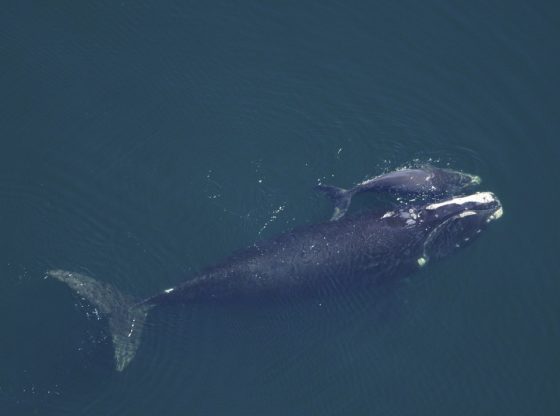
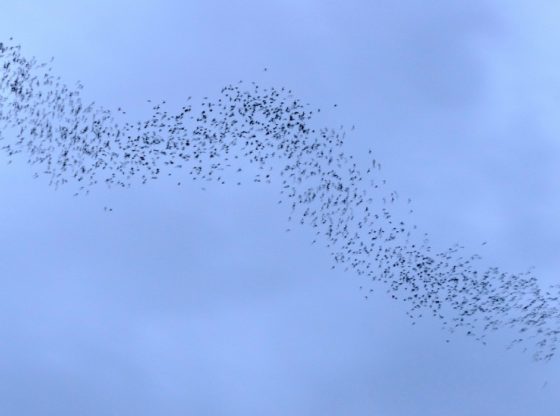

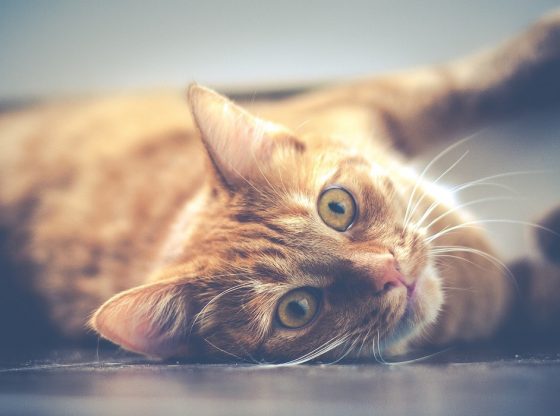
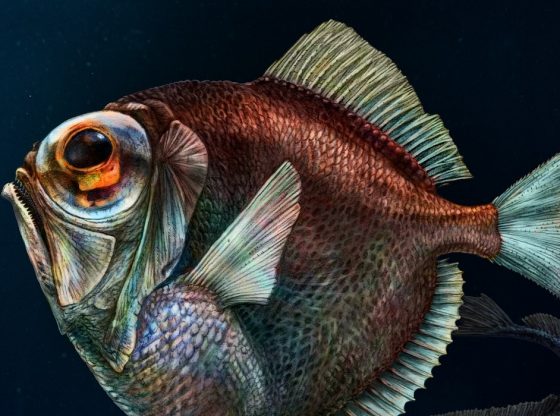
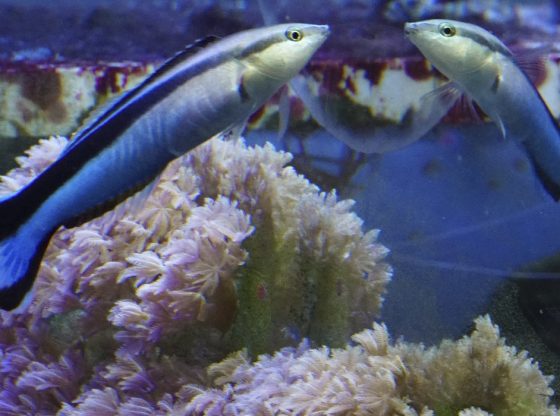

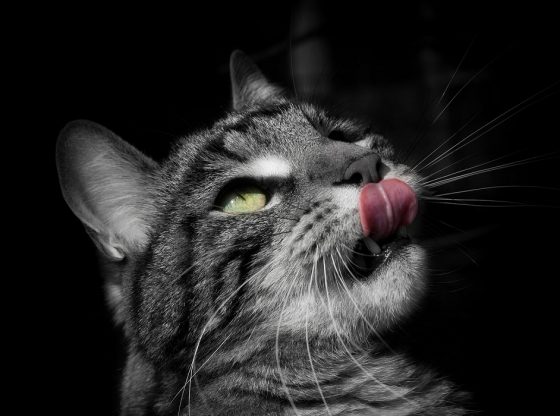
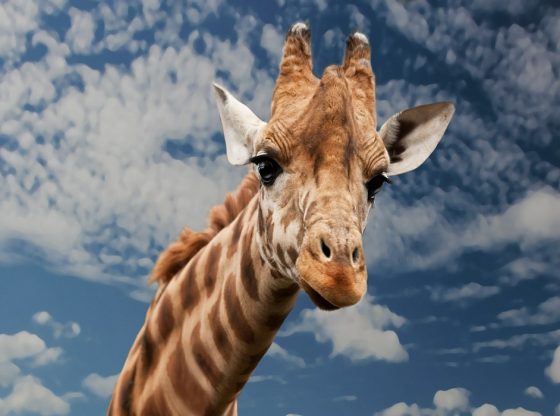
![OpenAI. (2025). ChatGPT [Large language model]. https://chatgpt.com](https://www.illustratedcuriosity.com/files/media/55136/b1b0b614-5b72-486c-901d-ff244549d67a-350x260.webp)
![OpenAI. (2025). ChatGPT [Large language model]. https://chatgpt.com](https://www.illustratedcuriosity.com/files/media/55124/79bc18fa-f616-4951-856f-cc724ad5d497-350x260.webp)
![OpenAI. (2025). ChatGPT [Large language model]. https://chatgpt.com](https://www.illustratedcuriosity.com/files/media/55099/2638a982-b4de-4913-8a1c-1479df352bf3-350x260.webp)








